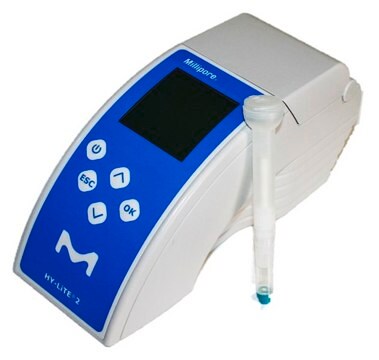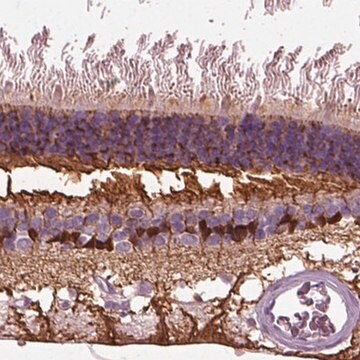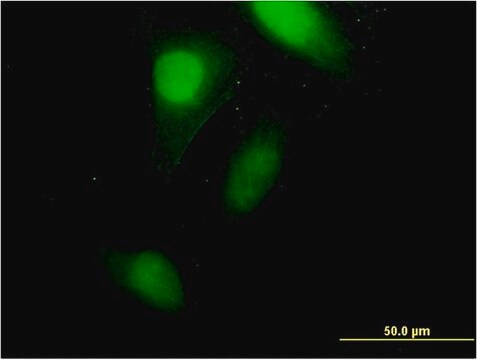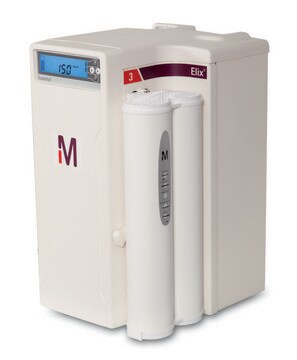C1608
Monoclonal Anti-Cellular Retinoic Acid Binding Protein 1 antibody produced in mouse
clone C-1, ascites fluid, buffered aqueous solution
Synonym(s):
Anti-CRABP 1
About This Item
Recommended Products
biological source
mouse
Quality Level
conjugate
unconjugated
antibody form
ascites fluid
antibody product type
primary antibodies
clone
C-1, monoclonal
form
buffered aqueous solution
mol wt
antigen 16 kDa
species reactivity
feline, turtle, monkey, rabbit, bovine, human, rat, chicken
should not react with
(chameleon), frog, goldfish
technique(s)
indirect ELISA: suitable
western blot: suitable
UniProt accession no.
shipped in
wet ice
storage temp.
−20°C
target post-translational modification
unmodified
Gene Information
human ... CRABP1(1381)
rat ... Crabp1(25061)
General description
Immunogen
Application
Western Blotting (1 paper)
- indirect ELISA
- western blotting at a dilution of 1:1000
- immunofluorescence at a working dilution of 1:250
Biochem/physiol Actions
Physical form
Disclaimer
Not finding the right product?
Try our Product Selector Tool.
Storage Class Code
10 - Combustible liquids
WGK
nwg
Flash Point(F)
Not applicable
Flash Point(C)
Not applicable
Personal Protective Equipment
Certificates of Analysis (COA)
Search for Certificates of Analysis (COA) by entering the products Lot/Batch Number. Lot and Batch Numbers can be found on a product’s label following the words ‘Lot’ or ‘Batch’.
Already Own This Product?
Find documentation for the products that you have recently purchased in the Document Library.
Articles
All-trans retinoic acid (RA, ATRA) is a pleiotropic activation factor that regulates genes associated with normal vertebrate cellular processes such as cell differentiation, cell proliferation, apoptosis, and embryonic development.
Our team of scientists has experience in all areas of research including Life Science, Material Science, Chemical Synthesis, Chromatography, Analytical and many others.
Contact Technical Service








